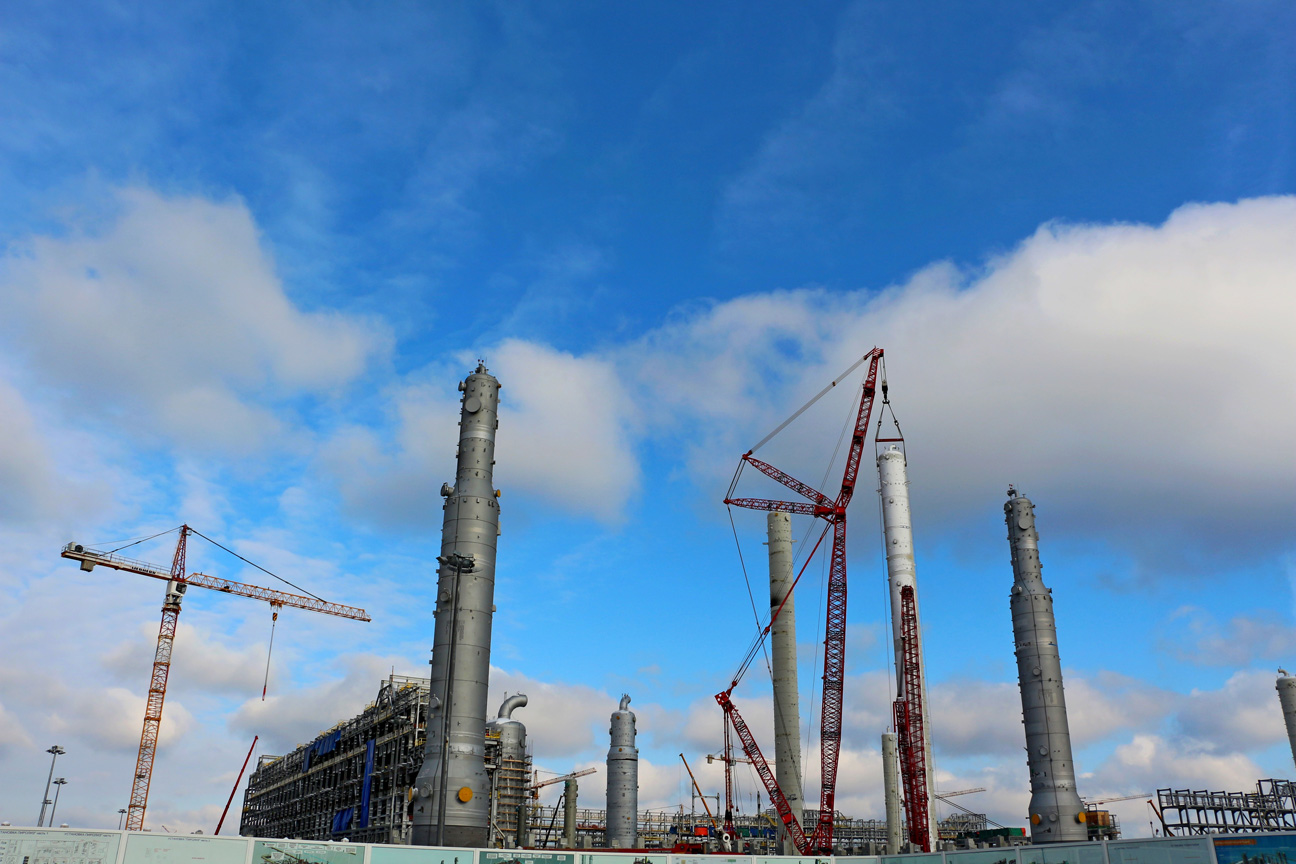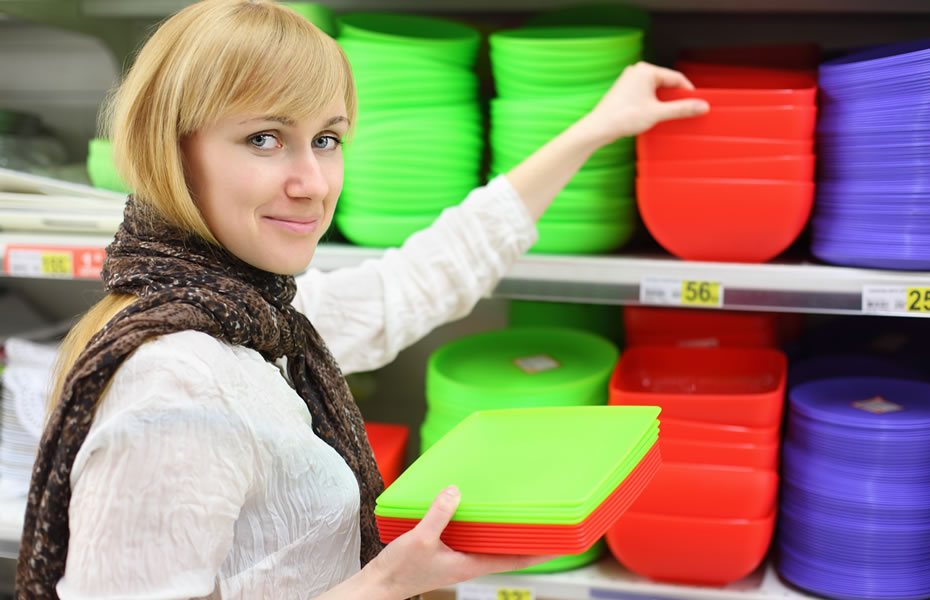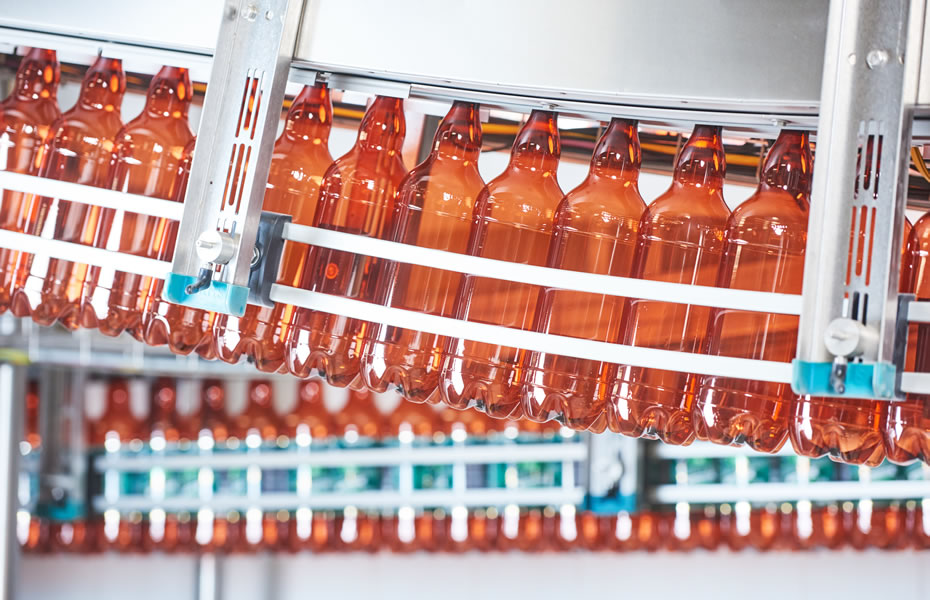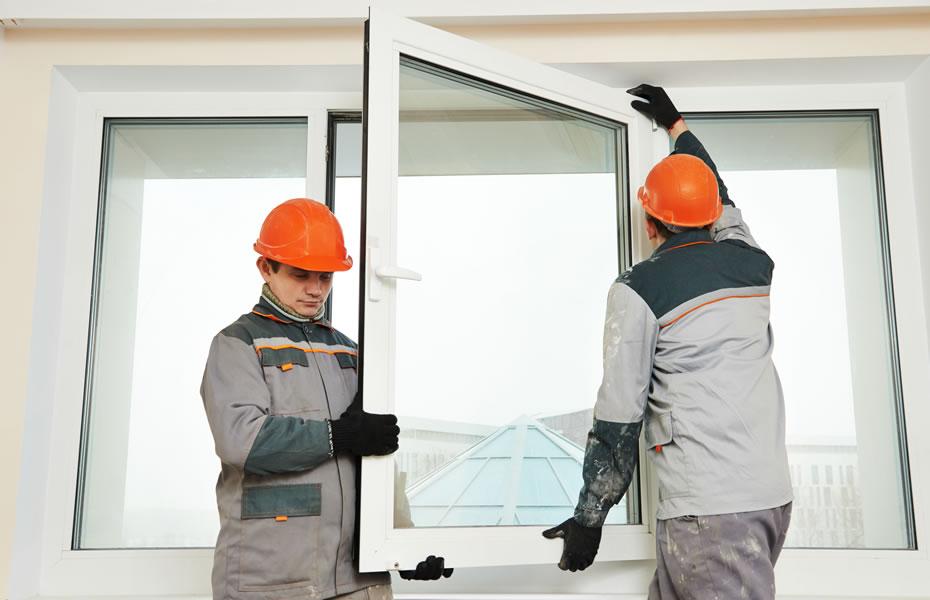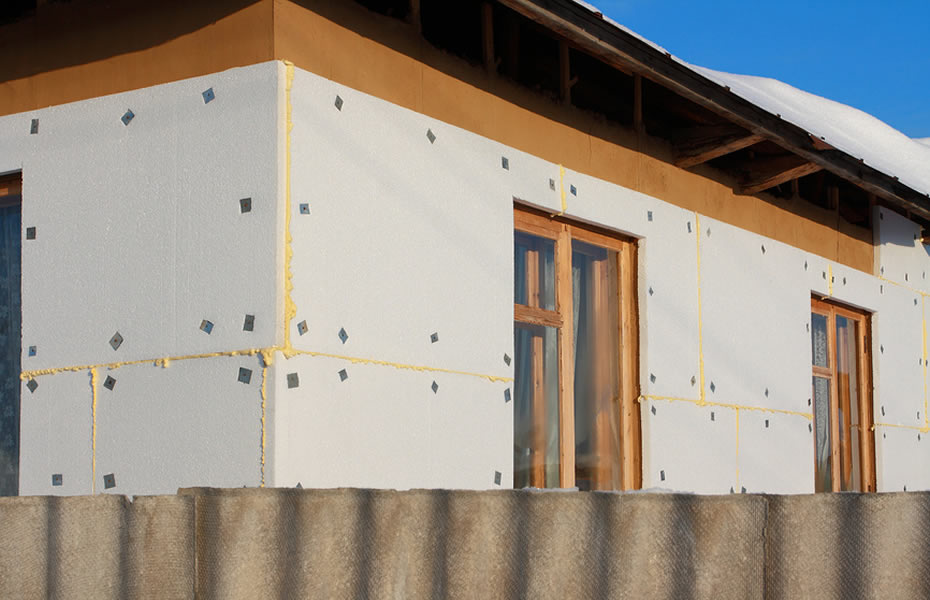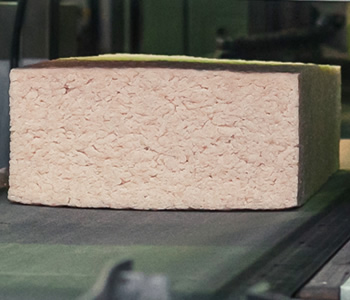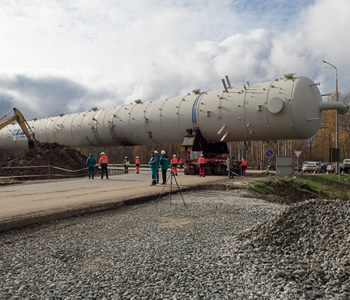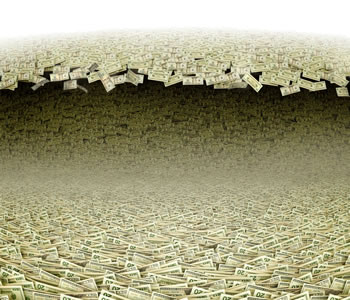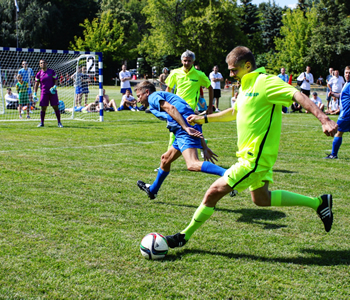As commodity export revenues declined and rouble exchange rate dropped abruptly, Russia’s import substitution came to be seen as a matter of public concern rather than a topic for expert discussions. Yet, despite the government officially seeking to ensure the development of domestic industry, few sectors were quick enough to demonstrate decent results. Petrochemical industry was among those, because large-scale projects had been launched there even before the crisis.
In summer 2014, Alexander Novak, Russia’s Minister of Energy, stated that the country would cease to import basic polymers, and announced 2017 as the “cut-off” year. Now that we are more than halfway through this road, intermediate conclusions may be drawn.
Polyethylene: waiting for momentum
In 10M 2016, Russian companies produced 1.4 mt of PE (up 8%). The output of LDPE totalled 512 kt (down 2.2%), HDPE – 830 kt (up 14%), and LPE – 58 kt (up 46%). Imports are declining, including in the most sophisticated segment of linear polyethylene (down 20% in 10M 2016)
Until fairly recently, the Russian polyethylene (PE) market was heavily dependent on imports in terms of both volumes and grades. The country saw trade surplus only in low-density polyethylene (LDPE), whereas in high-density polyethylene (HDPE) and linear polyethylene (LPE) a high trade deficit persisted. Despite the economic crisis, Russia’s PE output went up in 2015, with the LPE segment displaying the best performance. This year, the trend persisted, but dependency on LPE imports remained nonetheless.
The key LPE features include high resistance to chemical agents and piercing and a glossy surface. Demand for this product is high around the globe, as its application meets the present-day requirements for efficient use of resources (it enables a thinner film, while physical and mechanical properties are preserved). It is therefore one of the most promising segments in accordance with the global trends. Nizhnekamskneftekhim is Russia's leading LPE producer. The company is building up its output, but operating rates are still not enough to meet the demand. By the end of the year, 70 kt of this product are to be manufactured, while imports in the 10 months alone totalled about 148 kt. The situation is expected to change considerably after SIBUR puts its ZapSibNeftekhim into operation in 2020. Earlier, Kirill Molodtsov, Deputy Minister of Energy, directly linked the LPE import substitution to the launch of this facility.
Manufacturers are now also extending the range of grades in other product segments. For instance, this year, SIBUR launched an upgraded production facility in Tomsk after a large-scale revamp. As a result, the product range of LDPE grades has grown significantly broader. Next year, new product types are to be rolled out, including the first Russian PE grade for package lamination.
Polypropylene: in spite of the crisis
In recent years, polypropylene (PP) consumption has been growing intermittently from 612 kt in 2009 to the expected 1.2 mt in 2016. “Market growth is not even hampered by the crisis,” says Tamara Khazova, Head of Analytics at Alliance-Analytics. In her view, the key driver is demand from the producers of packaging, plastic containers and disposable tableware. The growing production of parts for foreign car makers’ localised factories and manufacturers of household appliances before the crisis also had an important role to play. "Overall, an increase in PP consumption is a general trend resulting from the rapidly spreading application of polymer materials in a wide range of products, with more traditional metals being replaced," says Tamara Khazova.
Until recently, imports played a huge role, covering at least 20% of the demand. However, the situation has changed in the recent few years: Russian capacities have been expanded, including through the launch of new plants – Poliom (joint project of Titan Group, Gazprom Neft and SIBUR) and PP production facilities at SIBUR’s Tobolsk site. Another trend is the growing output of copolymers used, for example, to produce pipes (among other things, thanks to the ramped up capacity of Nizhnekamskneftekhim).
In 10M 2016, the PP output amounted to 1.1 mt (up 8%), while imports in the same period were estimated at 144 kt (up 13%)
However, in the short run, i.e. until ZapSibNeftekhim is brought on-stream, opportunities for a dramatic increase in domestic production appear to be exhausted. There are no new projects on the table, with most plants working at their maximum operating rates in the previous year. Only SIBUR Tobolsk is performing steadily now: in 10M 2016, it increased its PP output by 23% year-on-year.
In general, the industry counts on the product line expansion. For example, this year special PP solutions were added to SIBUR's portfolio; they were combined with the existing ones and branded as SIBEX®. In fact, these are five new product lines, including the production of film thread; PP bags and big bags; rigid packaging; piping, fittings and sheets; nonwoven fabric solutions, continuous fibers and multifilament yarns; and BOPP and CAST film solutions. SIBEX® solutions are as good as the foreign counterparts, and may be more attractive to the customer thanks to their logistic availability. Furthermore, SIBUR may expand the production of PP grades used in baby diapers. Such a production facility is now operational in Tomsk, with the Company planning to launch a similar one in Tobolsk.
Polyethylene terephthalate: troubled growth
The situation in the PET segment is pretty complicated. Even before import substitution came into vogue, new bottle PET production sites had been opened offering consumers high-quality domestic products. In fact, during the first decade of the 21st century, Russia's manufacturing capacity of bottle PET rose from zero to more than 600 ktpa. However, foreign suppliers have retained a high textile fiber market share. In addition, the industry development plans were adversely affected by both the economic crisis and the government restrictions on PET bottles for beer.
In 2015, bottle PET output in Russia went up. In 2016, the output is in the positive territory once again – up 6% to hit 400 kt during 9M 2016
In 2015, the PET market capacity in Russia decreased by 8%. Experts linked this drop to lower consumption of beer and soft drinks (soda and juice) in plastic bottles. The beer market has been shrinking for eight consecutive years, with eleven major breweries being shut down in Russia during that time. However, imports of granulate for PET bottles fell much sharper than the demand – by 55% at once. The high rates of output growth were shown by Tver-based SIBUR-PETF, Bashkiria-based POLIEF (also part of SIBUR), and Kaliningrad-based Alco-Naphtha plant.
Now, the pendulum of consumption and imports has swung back. In 2016, the Russian PET market capacity may rise by almost 10%, according to Tamara Khazova. This is essentially due to an increase in demand for fiber and film PET, which will be met by imports. However, in Russia there are new projects in these segments, too. For example, SIBUR has started manufacturing PET film at its Tver site, which previously specialised only in bottle granulate. New product warranted changes in the technological process without equipment upgrades, with test batches being produced in 2015. Also, an opportunity to set up the production of fiber PET in Tver is under review.
Polyvinyl chloride: lopsided growth
PVC consumption in Russia peaked before the financial crisis of the late 2000s following the rapid development of the construction industry. The key growth drivers were first window profiles and cable compounds, and then pipes and films. As a result, imports kept growing despite the output by large domestic manufacturers, such as BSC, Volgograd's Kaustik and Sayanskchemplast. The breakthrough came in 2015, when RusVinyl, a joint venture between SIBUR and Solvay, started operating at full capacity. Back then, the foreign supplies of suspension polyvinyl chloride (SPVC, used in the key mass segments) dropped sharply, but reliance on the imports of emulsion polyvinyl chloride (EPVC, used to manufacture floor coverings) remained strong.
In 11 months, Russian production facilities have decreased their output of unmixed PVC by 1% down to 701.2 kt
Guenther Nadolny, RusVinyl CEO, does not expect the SPVC consumption to grow significantly by the end of 2016. Imports will account for less than 10% of the market (subject to performance by Sayanskchemplast). The EPVC consumption is expected to be slightly higher than in 2015. However, with RusVinyl increasing its EPVC output by 2.5 times, the share of Russian suppliers in this segment can go as far up as 20%.
Going forward, everything will depend on the general economic environment: in case of a recovery, the consumption growth will be more robust. However, substantial changes in the segment of EPVC imports are highly unlikely, as no major projects other than RusVinyl were announced in the industry. Guenther Nadolny says that RusVinyl's facility has reached its design capacity and there are no plans to expand it, given the modest market growth rates. Yet, options for new product solutions are on the table. For example, the company intends to launch new EPVC grades used in production of wallpaper and artificial leather.
Polystyrene: fight for the market share
Tamara Khazova, Head of Analytics at Alliance-Analytics, expects Russian production facilities to manufacture some 372 kt of general purpose polystyrene in 2016, while total demand for this product is expected to stand at 342 kt
Polystyrene is used in a variety of consumer goods, including construction materials, toys for children, disposable tableware, food packaging, home appliances, and auto parts. However, key polystyrene consumers are the industries most sensitive to economic downturn.
Until recently, demand for this type of polymers outstripped domestic supply by approximately 30%, but the situation is changing now. For example, SIBUR started production of Alphapor grade polystyrene at its Perm site using technology supplied by Sunpor Kunststoff GmbH, a joint venture between Austria and Norway. This polystyrene meets all the latest European requirements in terms of granulometric composition, density, physical and mechanical properties. Construction of the second stage of the Alphapor production facility was completed in 2012 and the output of this grade increased to 100 ktpa, fully meeting the consumer demand in the Russian market.
Despite this, imports started growing once again in 2016, with 96.8 kt (+10% y-o-y) of polystyrene being shipped to Russia from abroad in just 10 months. The situation varies from segment to segment. For example, imports of general purpose polystyrene (the most widely used product) have nearly doubled. At the same time, foreign supplies of ABC plastics have increased by only 5%, while imports of high-impact PS have remained flat. This trend has most probably emerged against the backdrop of depreciating rouble, as processing companies started expanding not only in the domestic, but also international markets.
Paint and varnishing materials: production localisation
Foreign products have traditionally held a significant share of the paint and varnish market. As early as in 2014, import products made up 15% of the waterborne paints, 27% of the alkyd paints, and over 50% of the powder coatings (both epoxy and polyester). 2015 saw a reversal of this trend. On the one hand, the volume of domestic production was at its five-year low. But rouble devaluation significantly undermined the economic position of international suppliers and encouraged Russian companies to substantially ramp up production in sel ect segments. As a result, the output of synthetic organic dyes, pigment-containing coatings and compounds thereof increased by 15% in 2015.
In 2015, the domestic production of paints and varnishes went down. But this year the situation has reversed: in 10 M 2016, the output increased to 743 kt (+4% y-o-y)
2016 is giving us grounds for moderate optimism, as industrial output keeps growing. On top of that, foreign companies are seeking to localise a significant part of their production. For example, Tikkurila (Finland) announced its localisation plans citing rouble depreciation as the main reason behind them. However, experts are of the view that import substitution will take a lot of time in this industry. In most cases, international paint and varnish manufacturers lead the charge in the premium segment, making considerable investments in new equipment, technologies, and R&D.
Yet, Russian processing facilities can benefit fr om new solutions in this segment, too. In October, SIBUR launched the production of 2-Ethylhexyl acrylate (2-EHA) in Dzerzhinsk. 2-EHA is used in the manufacturing of paint, varnish and glue products to improve their waterproof, adhesive and sun resistance properties. Acrylic paint produced using 2-EHA can even be applied at temperatures below zero. This chemical can also be used to manufacture instant pressure-sensitive compound adhesives. SIBUR is the first company to produce 2-EHA in Russia.
Sources: Market Report and RUPEC data
Download PDF

